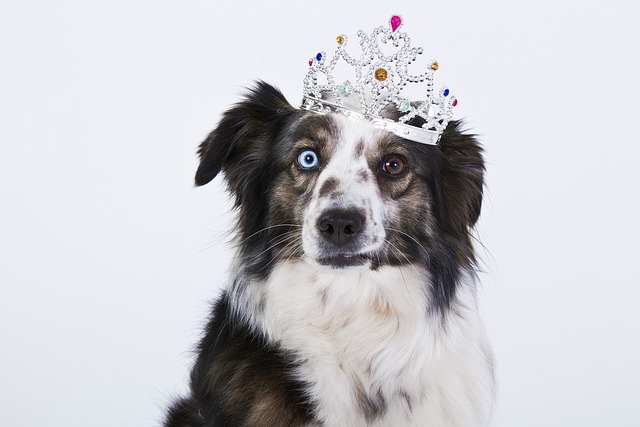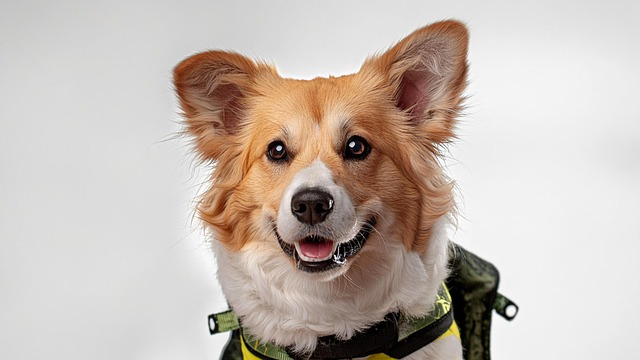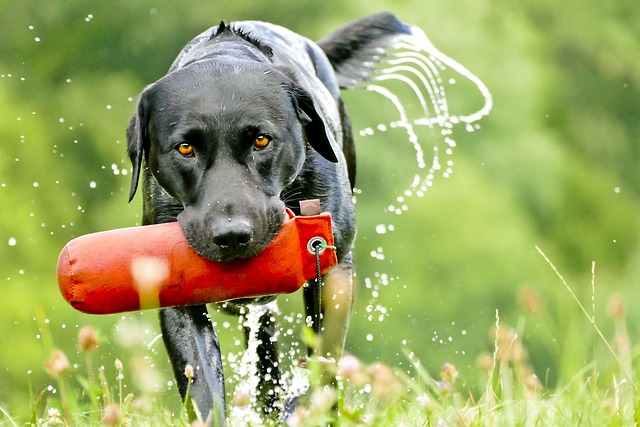
What do groomers use for shedding
When Sarah first brought home her golden retriever, she spent weekends vacuuming piles of fur from her couch—and found herself picking strands out of her coffee mug more often than she’d like.
You've just brought home your new furry friend, and while it's tempting to rush into setting up food bowls and scheduling vet visits, the absolute first thing to do after adopting a dog is to prioritize emotional bonding right from day one. Many adopters overlook this, focusing solely on physical needs, but skipping that initial connection can lead to trust issues down the road—think anxiety or destructive behaviors like chewing furniture. Scientifically, dogs are pack animals hardwired for social bonds; studies show that establishing a secure attachment early reduces stress hormones and sets the stage for smoother adjustment. Start simple: sit quietly in the same room, letting your dog approach you at their own pace while you offer gentle reassurance. Culturally, in the U.S., this ties into animal welfare norms where positive reinforcement is key—avoid any harsh discipline since physical punishment isn't just frowned upon; it's illegal in many states and goes against the grain of humane training practices.
A common mistake new dog owners make is hyper-focusing on essentials like feeding schedules or vet appointments while neglecting the emotional side, which can leave a rescue dog feeling isolated and slow their settling-in process. For instance, if you only address hunger or health checks without building rapport, your pup might develop separation anxiety or reactivity, making everyday routines a struggle. The science behind this is clear: dogs interpret neglect as a threat, triggering fight-or-flight responses that hinder bonding. To correct this, weave emotional check-ins into those tasks—say a few soothing words during mealtime or use vet visits as a chance to offer comfort. On the compliance front, remember that while vaccinations are legally required in most U.S. counties to prevent diseases, and you must always clean up after your dog in public parks under local ordinances, balancing these with affection ensures your pet feels safe and valued from the start.
For immediate emotional bonding with your adopted dog, simple, consistent actions can spark trust quickly, turning those first chaotic days into a foundation for lifelong loyalty. The problem? Without intentional efforts, dogs might withdraw or act out, but behavioral research proves that gentle interactions release oxytocin—the "love hormone"—in both species, easing fear. Try techniques like soft touch on their back or shoulders (avoiding sensitive spots), brief eye contact to show calm leadership, and using a low, reassuring voice during quiet moments together; even sitting side-by-side for 10 minutes builds rapport faster than you'd think. To make this practical, incorporate it into daily life: if you're in an apartment, create a cozy corner for bonding to minimize noise disruptions and respect neighbors, while on neighborhood walks, practice good etiquette by keeping your dog leashed and promptly scooping poop—this not only follows community rules but also becomes a shared activity that deepens your connection.
Integrating emotional bonding with basic care routines transforms mundane tasks into opportunities for growth, creating a holistic approach to your dog's well-being that many new owners miss. If you treat feeding or grooming as chores, your dog might associate them with stress, but blending in affection makes these moments rewarding and reinforcing. Behaviorally, this dual focus meets dogs' needs for security and routine, helping them feel understood and reducing common issues like resource guarding. Start by pairing essentials with bonding: during meals, hand-feed kibble occasionally to build trust, or while brushing, add praise and light petting to turn it into a positive experience. Culturally, in urban settings like city apartments, this integration is crucial—ensure your space has safe zones for interaction to prevent accidents, and always use positive methods during walks; for example, reward calm behavior with treats instead of scolding, aligning with U.S. norms that emphasize kindness over correction.
The long-term benefits of investing in emotional connection from day one are immense, leading to a happier, more obedient companion and making your adoption journey far smoother than if you'd delayed it. Initially, skipping this step might seem harmless, but science shows that early bonding wires the brain for resilience, resulting in fewer behavioral challenges and easier training sessions later on—think of it as preventive care for your dog's mental health. Maintain this by setting aside daily quality time, like short play sessions or relaxed cuddles, to reinforce the bond. Over time, you'll notice a stronger relationship where commands are followed eagerly, and your dog thrives in social settings. Culturally, this underscores the importance of ongoing positive reinforcement in American pet culture; avoid any form of physical discipline, as it damages trust and is widely condemned, while embracing community-friendly habits like quiet apartment living and respectful leash use ensures your furry family member feels loved and law-abiding.

When Sarah first brought home her golden retriever, she spent weekends vacuuming piles of fur from her couch—and found herself picking strands out of her coffee mug more often than she’d like.

Unlock the secrets to safe, soothing puppy teething with vet-approved chews—protect your pup and your home during this challenging stage.

Let’s start with the honest truth: grabbing kitchen scissors to trim your dog’s overgrown fringe might seem like a quick fix, but it’s a high-stakes haircut.

You’ve just settled on the couch for a movie night when your dog’s nails start clicking across the hardwood like tiny tap dancers. Or maybe you notice them slipping on the kitchen tiles more often.

Let's be honest, that moment when you pull out the brush and your dog suddenly remembers a very important appointment behind the sofa is pretty universal.

Picture this: it’s bath time for your pup, and you’re fresh out of dog shampoo. As you reach for your own coconut-scented shower gel, you pause – could this work? Let’s be honest,